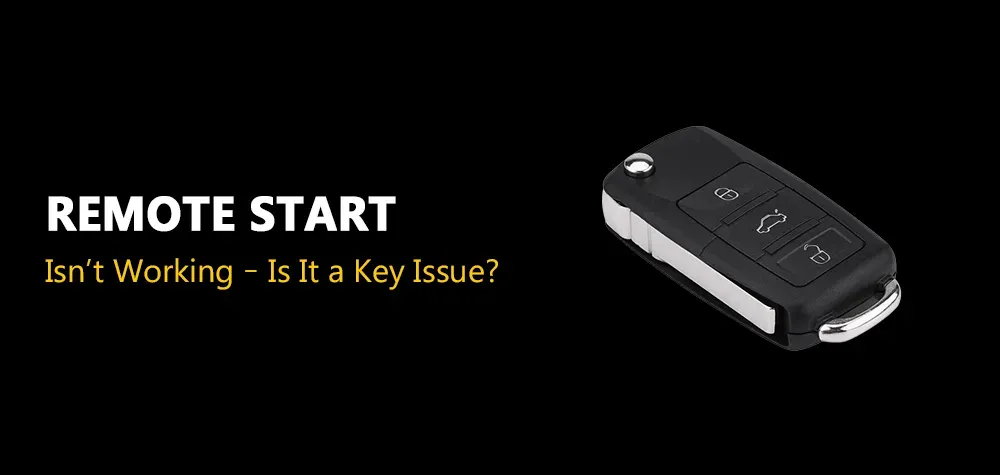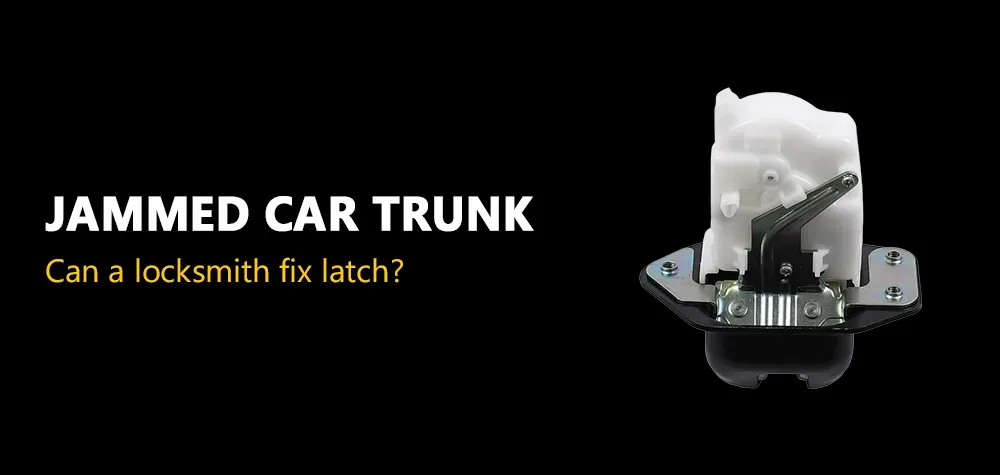Keyless Entry System Problems: Repairing and Resyncing for Proper Functionality
Hey there! Ever found yourself stuck outside your car because your keyless entry system decided to take a nap? Annoying, right? Keyless entry systems are fantastic—until they stop working. Don’t worry; I’ve got your back. Let’s dive into common keyless entry system problems and how you can repair and resync them for smooth, stress-free functionality.
Common Keyless Entry System Problems
First, let’s talk about the usual suspects when it comes to keyless entry system issues:
Unresponsive Key Fob
Your key fob is like a magic wand for your car, but sometimes, it just stops working. Maybe you’ve pressed the buttons a million times, and still, nothing. This is often due to a weak or dead battery.
Weak or Dead Battery
The most common issue is a simple one: the battery. If your key fob’s battery is low or dead, it won’t send a signal to your car. It’s easy to fix, though.
Interference Issues
Sometimes, other electronic devices can interfere with the signal between your key fob and your car. This can happen if you’re in an area with lots of electronic noise.
Faulty Door Locks or Actuators
Your key fob might be working fine, but if the door locks or actuators are faulty, you’ll still have trouble getting into your car.
Signal Range Issues
If you have to be right next to your car for the key fob to work, there could be a problem with the signal range. This could be due to a weak battery or interference.
Diagnosing Keyless Entry System Issues
Before you can fix the problem, you need to know what’s wrong. Here’s how to diagnose common issues:
Checking the Battery
Start with the easiest fix. Open up the key fob and check the battery. If it looks old or corroded, it’s time for a replacement.
Testing the Key Fob Signal
You can test the signal strength of your key fob using a signal tester or at a car dealership. If the signal is weak or non-existent, the battery or internal electronics might be the culprit.
Inspecting the Door Locks and Actuators
Check if the door locks and actuators are functioning correctly. Sometimes, the problem isn’t with the key fob but with the locks themselves.
Using a Diagnostic Tool or Visiting a Professional
If you’re still stumped, a diagnostic tool can help pinpoint the issue. Or, take your car to a professional for a thorough check-up.
Repairing Common Keyless Entry System Problems
Alright, let’s get down to fixing those pesky problems.
Battery Replacement
- Open the Key Fob: Use a small screwdriver to open the fob.
- Remove the Old Battery: Take out the old battery and note the type.
- Insert the New Battery: Pop in a fresh battery of the same type.
- Close the Key Fob: Snap the fob back together and test it out.
Reprogramming the Key Fob
- Consult Your Manual: Check your car’s manual for reprogramming instructions.
- Enter Programming Mode: Typically involves turning the ignition on and off and pressing buttons on the fob.
- Follow Instructions: Follow the step-by-step instructions to reprogram the fob.
Fixing Door Lock Actuators
- Identify the Faulty Actuator: Test each door lock to find the faulty one.
- Remove the Door Panel: Carefully remove the door panel to access the actuator.
- Replace the Actuator: Install a new actuator and reassemble the door.
Dealing with Signal Interference
- Identify Sources of Interference: Look for electronic devices that might be causing issues.
- Move Away from Interference: Try using your key fob away from potential sources of interference.
Resyncing Your Keyless Entry System
Sometimes, your keyless entry system needs a little resyncing to work properly.
When and Why Resyncing is Necessary
If you’ve replaced the battery or had other issues, your key fob might need to be resynced to your car’s system.
General Steps for Resyncing a Keyless Entry System
- Insert Key into Ignition: Turn it to the 'On' position without starting the car.
- Press and Hold the Lock Button on the Fob: Hold it for a few seconds.
- Turn the Ignition Off: Remove the key and test the fob.
Specific Resyncing Procedures for Popular Car Models
Check your car’s manual or search online for specific instructions for your make and model. Each manufacturer might have a slightly different process.
Tips for Maintaining a Properly Synced System
Regularly check and replace the battery, avoid areas with high electronic interference, and keep your key fob clean and dry.
Preventative Measures and Maintenance Tips
Keeping your keyless entry system in top shape can save you a lot of headaches.
Regularly Checking and Replacing the Key Fob Battery
Don’t wait until your key fob dies. Check and replace the battery every couple of years.
Keeping the Key Fob and Receiver Area Clean
Dust and dirt can affect performance. Keep your key fob and the receiver area in your car clean.
Avoiding Common Sources of Interference
Keep your key fob away from other electronic devices when not in use.
Regular Inspection and Maintenance of Door Locks and Actuators
Regularly check your door locks and actuators for any signs of wear and tear.
When to Seek Professional Help
Sometimes, it’s best to leave it to the pros.
Signs That You Need Professional Assistance
If you’ve tried everything and your keyless entry system still isn’t working, it’s time to call a professional.
Choosing the Right Automotive Locksmith or Dealer
Look for a reputable locksmith or dealership with good reviews and reasonable prices.
What to Expect from a Professional Service
A professional can diagnose the issue quickly and accurately, and they have the tools and expertise to fix it right the first time.
Conclusion
There you have it—a comprehensive guide to repairing and resyncing your keyless entry system. By keeping an eye on your system and taking care of minor issues as they arise, you can ensure that your keyless entry works smoothly and reliably. So next time you find yourself locked out or dealing with a finicky key fob, you’ll know exactly what to do.
FAQs
How long does a key fob battery last?
A key fob battery typically lasts 1-2 years, depending on usage and the type of battery.
Can I reprogram my key fob myself?
Yes, you can reprogram your key fob yourself. Most car manuals include reprogramming instructions, but if you’re unsure, a professional can help.
What causes keyless entry systems to stop working?
Common causes include a dead battery, signal interference, faulty door locks, and issues with the key fob’s internal electronics.
How much does it cost to repair a keyless entry system?
Repair costs can vary. Replacing a battery is cheap, while fixing a door lock actuator or reprogramming the fob might cost between $100-$300.
Is it worth upgrading to a more advanced keyless entry system?
Upgrading can offer better security and convenience. Consider the benefits versus the cost to determine if it’s worth it for you
Call Us Any Time!




